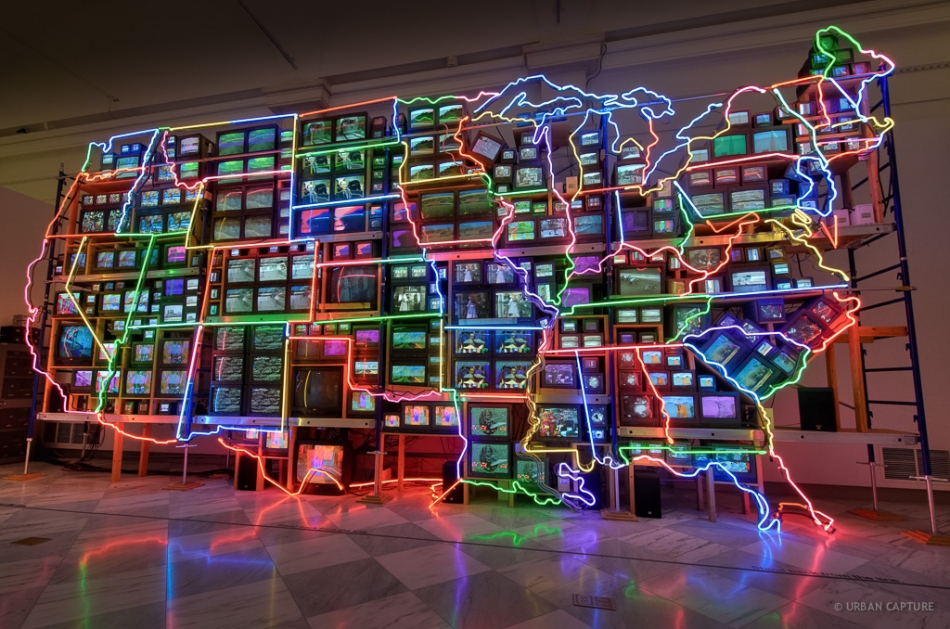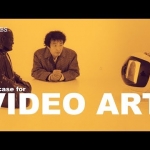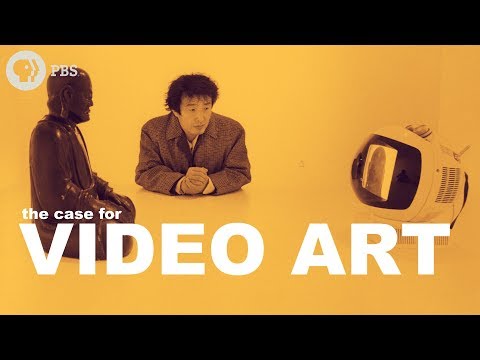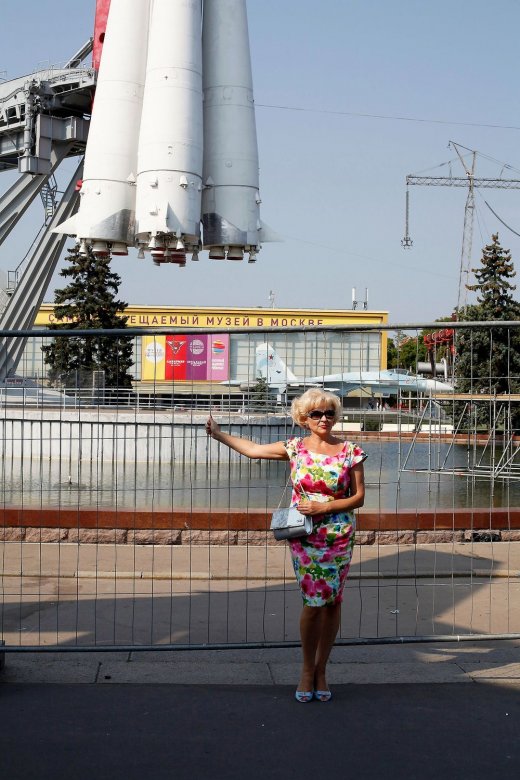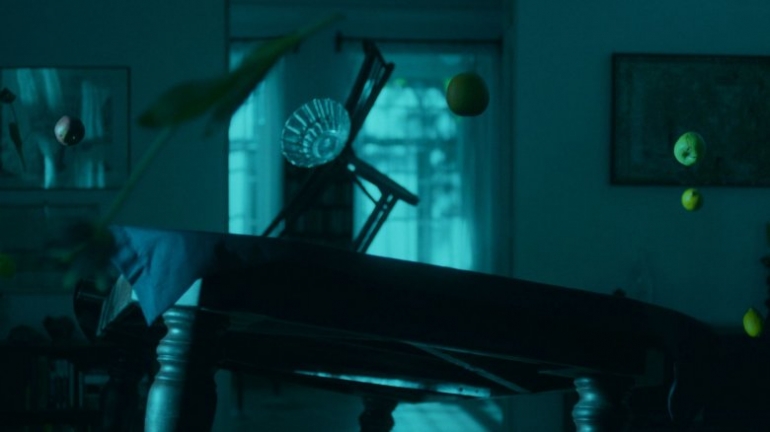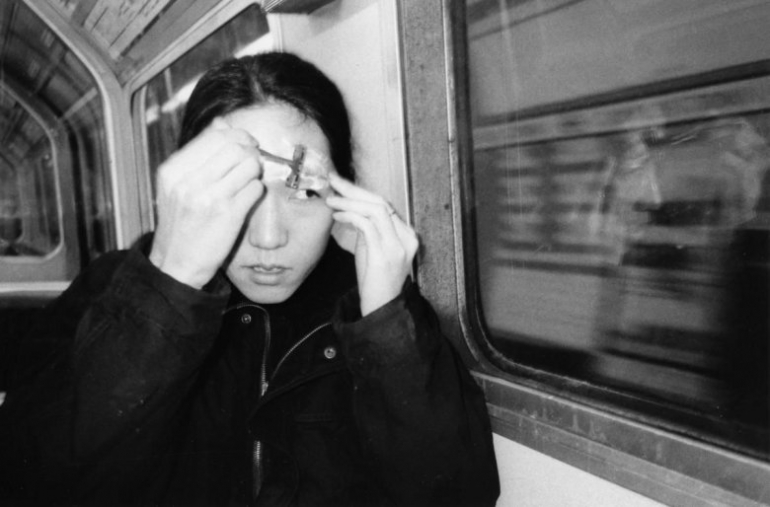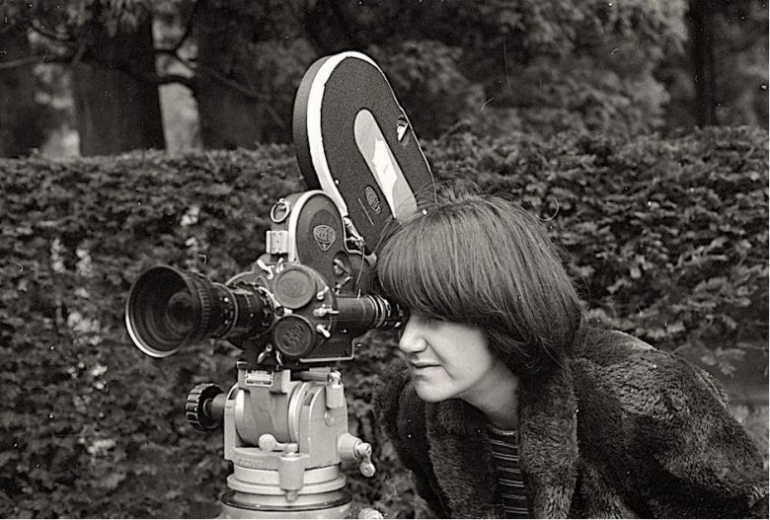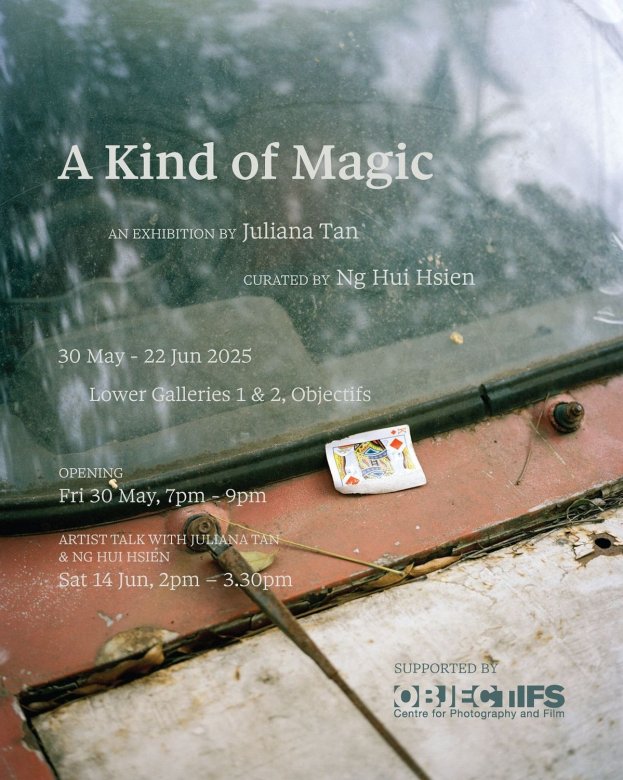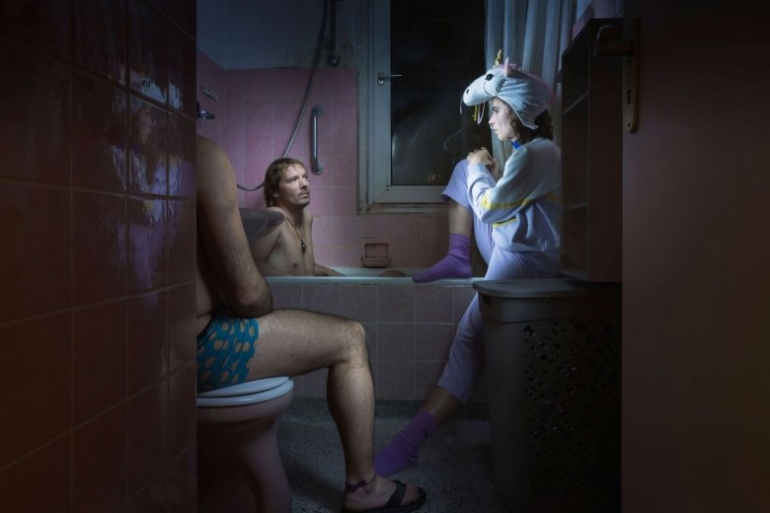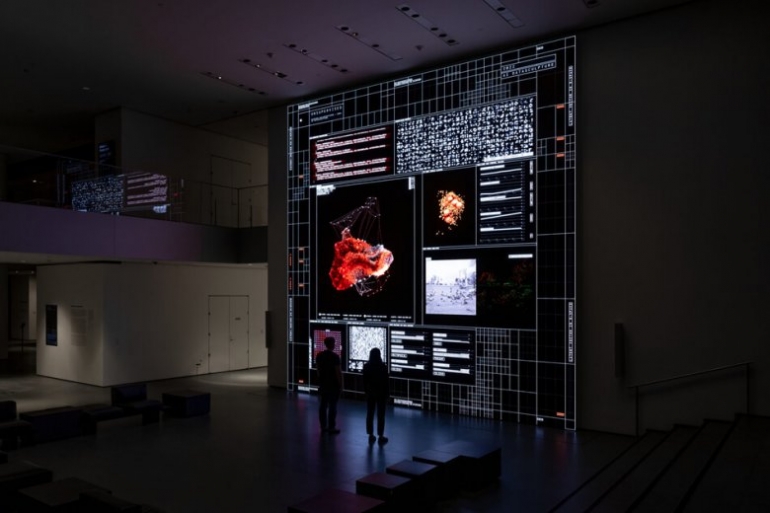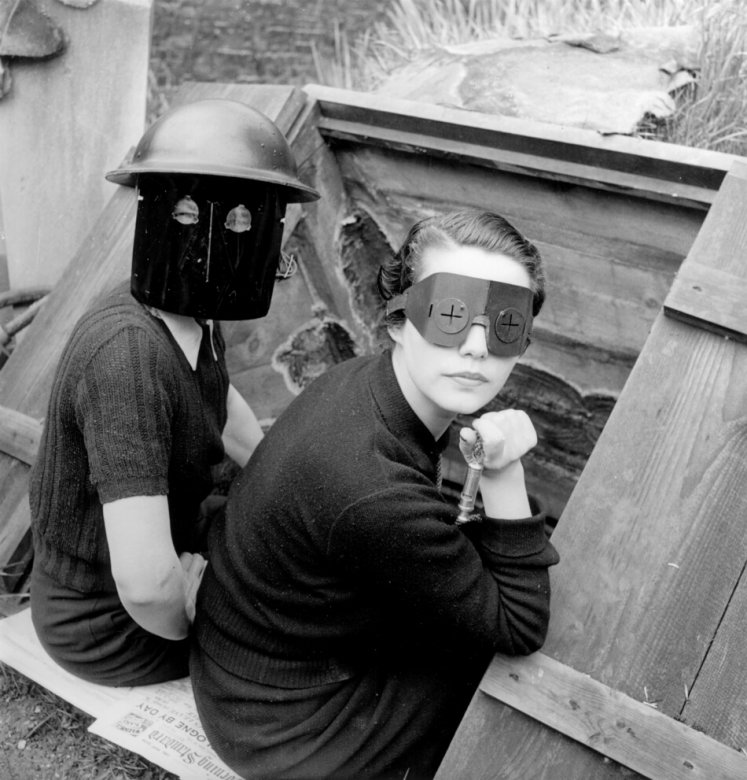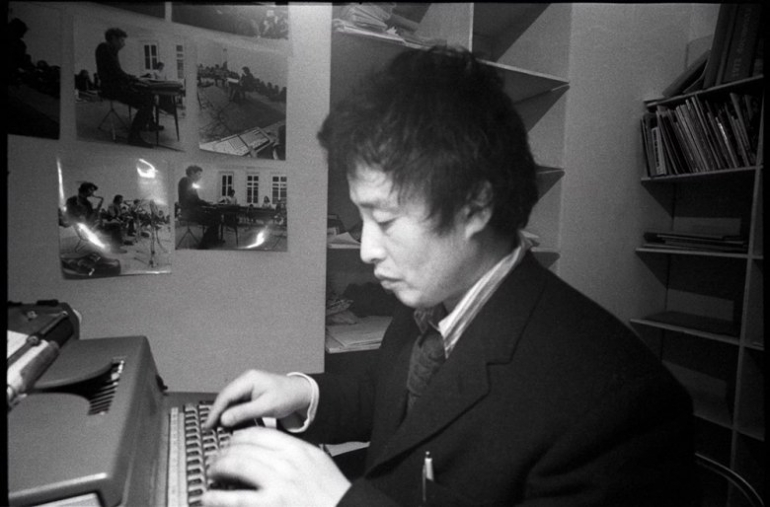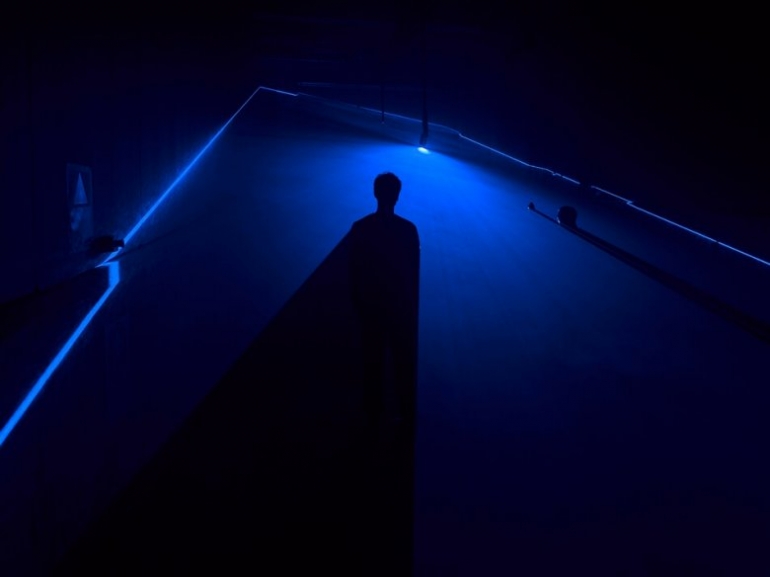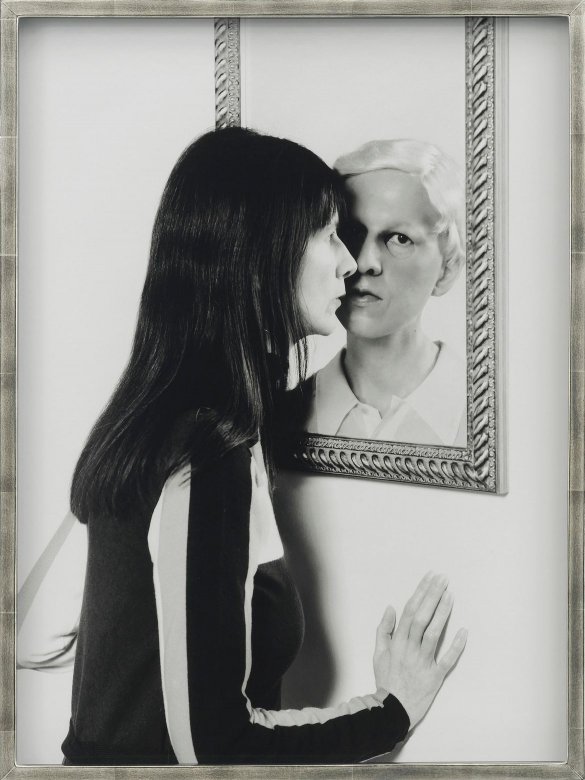Further Reading
Making Video 'In' - The Contested Ground of Alternative Video On The West Coast Edited by Jennifer Abbott (Satellite Video Exchange Society, 2000).
Videography: Video Media as Art and Culture by Sean Cubitt (MacMillan, 1993).
A History of Experimental Film and Video by A. L. Rees (British Film Institute, 1999).
New Media in Late 20th-Century Art by Michael Rush (Thames & Hudson, 1999).
Mirror Machine: Video and Identity, edited by Janine Marchessault (Toronto: YYZ Books, 1995).
Sounding the Gallery: Video and the Rise of Art Music by Holly Rogers (New York: Oxford University Press, 2013).
Video Culture: A Critical Investigation, edited by John G. Hanhardt (Visual Studies Workshop Press, 1986).
Video Art: A Guided Tour by Catherine Elwes (I.B. Tauris, 2004).
A History of Video Art by Chris Meigh-Andrews (Berg, 2006)
Diverse Practices: A Critical Reader on British Video Art edited by Julia Knight (University of Luton/Arts Council England, 1996)
ARTFORUM FEB 1993 "Travels In The New Flesh" by Howard Hampton (Printed by ARTFORUM INTERNATIONAL 1993)
Resolutions: Contemporary Video Practices', (eds. Renov, Michael & Erika Suderburg) (London, Minneapolis: University of Minnesota Press,1996).
Expanded Cinema by Gene Youngblood (New York: E.P. Dutton & Company, 1970).
The Problematic of Video Art in the Museum 1968-1990 by Cyrus Manasseh (Cambria Press, 2009).
"First Electronic Art Show" by (Niranjan Rajah & Hasnul J Saidon) (National Art Gallery, Kuala Lumpur, 1997)
"Expanded Cinema", (David Curtis, A. L. Rees, Duncan White, and Steven Ball, eds), Tate Publishing, 2011
"Retrospektiv-Film-org videokunst| Norge 1960-90". Edited by Farhad Kalantary & Linn Lervik. Atopia Stiftelse, Oslo, (April 2011).
Experimental Film and Video, Jackie Hatfield, Editor. (John Libbey Publishing, 2006; distributed in North America by Indiana University Press)
"REWIND: British Artists' Video in the 1970s & 1980s", (Sean Cubitt, and Stephen Partridge, eds), John Libbey Publishing, 2012.
Reaching Audiences: Distribution and Promotion of Alternative Moving Image by Julia Knight and Peter Thomas (Intellect, 2011)
Wulf Herzogenrath: Videokunst der 60er Jahre in Deutschland, Kunsthalle Bremen, 2006, (No ISBN).
Rudolf Frieling & Wulf Herzogenrath: 40jahrevideokunst.de: Digitales Erbe: Videokunst in Deutschland von 1963 bis heute, Hatje Cantz Verlag, 2006, ISBN 978-3-7757-1717-5.
NBK Band 4. Time Pieces. Videokunst seit 1963. Verlag der Buchhandlung Walther König, Köln, 2013, ISBN 978-3-86335-074-1.
Demolden Video Project: 2009-2014. Video Art Gallery, Santander, Spain, 2016, ISBN 978-84-16705-40-5.
Valentino Catricalà, Laura Leuzzi, Cronologia della videoarte italiana, in Marco Maria Gazzano, KINEMA. Il cinema sulle tracce del cinema. Dal film alle arti elettroniche andata e ritorno, Exorma, Roma 2013.
